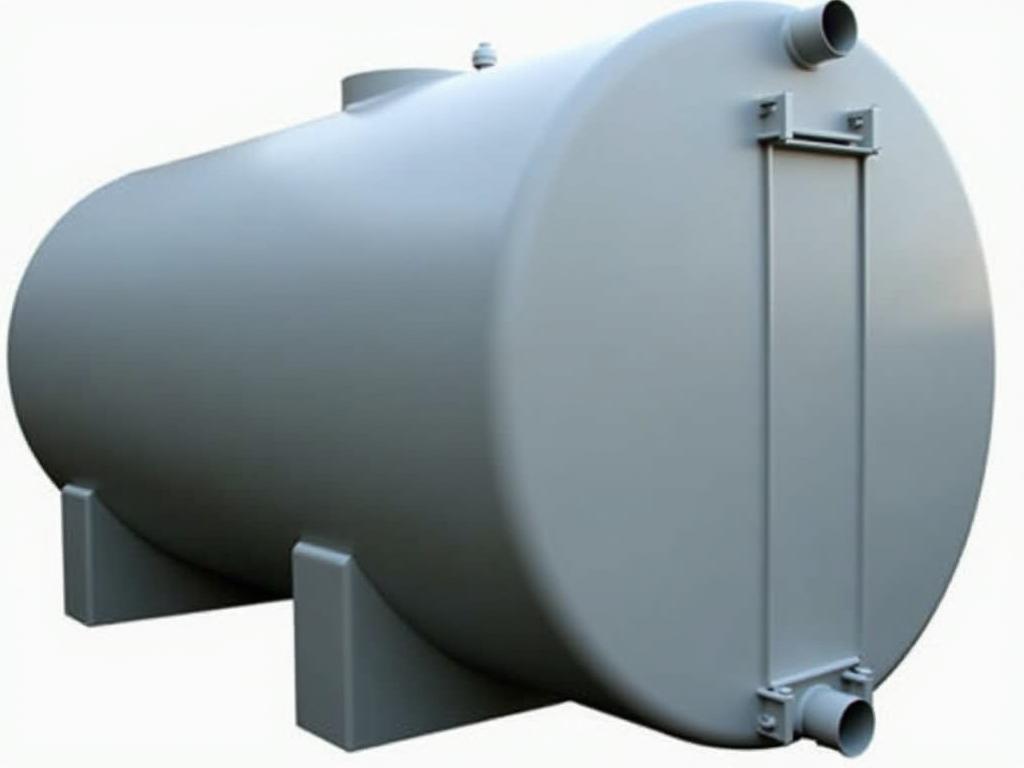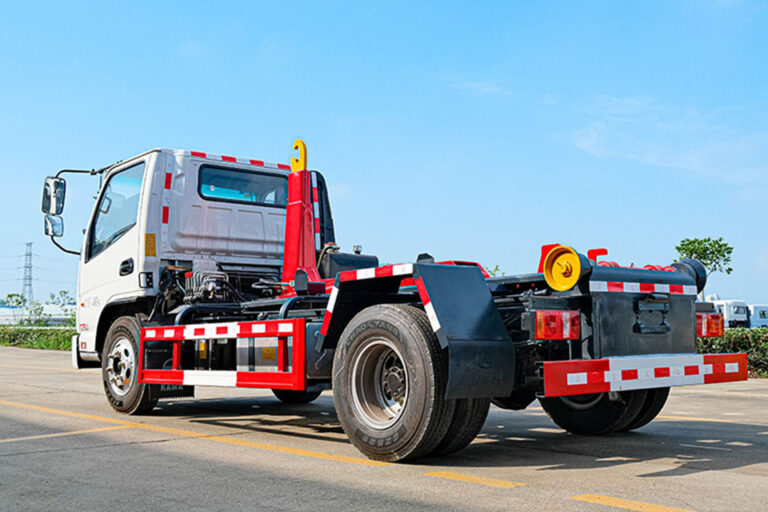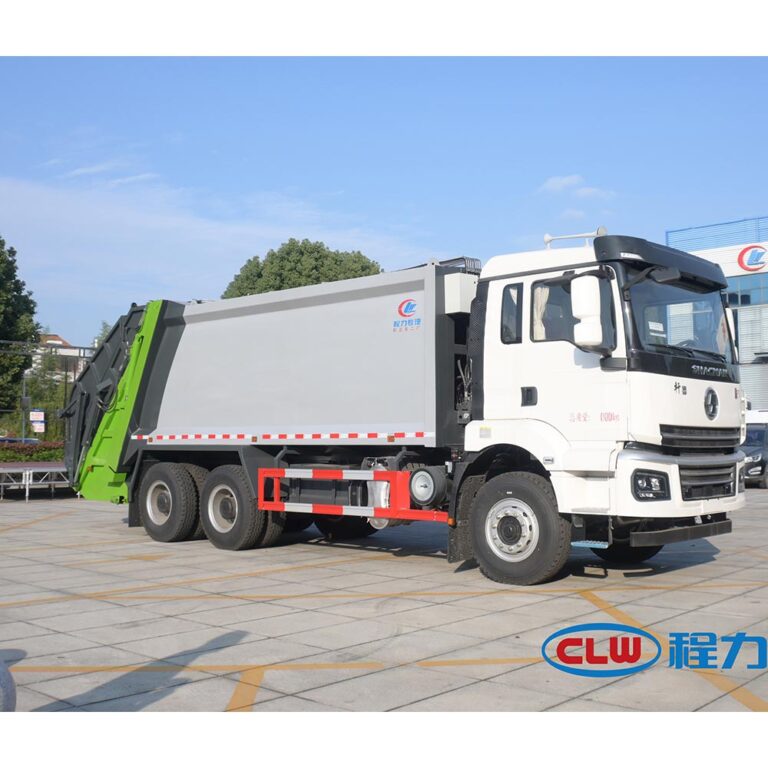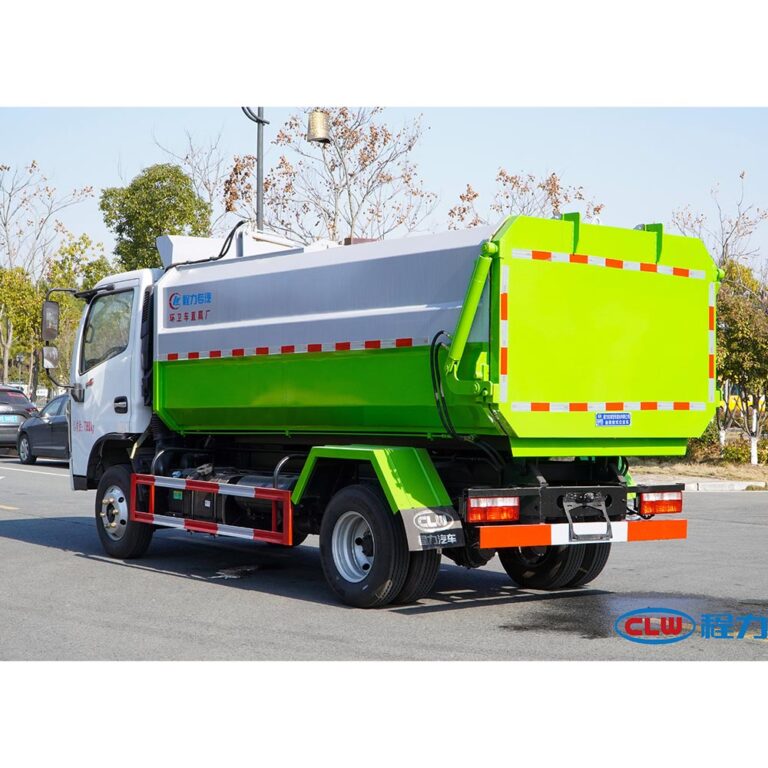
What is the internal structure of the tanker?
What is the Internal Structure of a Tanker?
Have you ever seen a big truck on the road carrying liquids? That’s a tanker! It might be carrying milk, gas, or even chemicals. But what does it look like on the inside? It’s not just one big, empty space. It’s much more complex than that! Knowing about a tanker’s internal structure is really important. It helps us understand how these big trucks keep us safe and do their job well.
Table of Contents
1. The Basic Parts Inside a Tanker
Think of a tanker like a big metal box with lots of smaller boxes inside. These smaller boxes are called compartments or chambers. The walls between them are made of strong steel plates. These plates do more than just divide the tank.
- Dividing the Space: These walls split the tanker into different sections. This helps keep different liquids separate if needed. It’s like having different rooms in a house.
- Making it Strong: These steel plates also make the tanker very strong. They help it handle the weight and movement of the liquid inside.
- Baffle Designs: The special way the plates make the fluid stable.
These compartments aren’t all easy to get to. There are many hidden corners and hard-to-reach angles inside a tanker. This can make cleaning and fixing them a bit tricky.
Also the size of the tanker will determine the type of compartments it will cointain, some of the common tankers sizes are VLCC (Very Large Crude Carrier), Suezmax tankers, and Aframax/LR segments.
2. How Tankers Control the Liquid
When a tanker moves, the liquid inside wants to move too! This is called liquid slosh. Imagine carrying a big bowl of water – if you stop fast, the water splashes! The same thing can happen inside a tanker, but it’s much more dangerous.
Tankers use some cool engineering tricks to deal with this:
- Baffles: These are like walls with holes in them. They go inside the compartments. They don’t stop the liquid completely, but they slow it down.
- Compartmentalization: Having many smaller compartments helps a lot too. It’s like having lots of small bowls of water instead of one big one. Even if one small bowl spills, you don’t lose all the water.
- Fluid Dynamics: Fluid dynamics is a big word for how liquids move. Scientists and engineers study this to design tankers that can handle liquid slosh better. They use things like pressure gradients and hydrostatic balance to make sure the tanker is stable.
3. Keeping Tankers Safe
Safety is a huge deal for tankers. They carry things that can be dangerous if they spill. So, the internal structure plays a big part in keeping things safe.
- Pressure Resistance: The walls of the tanker are made to handle a lot of pressure. This keeps the liquid inside, even if it gets hot or sloshes around.
- Corrosion Prevention: Some liquids can eat away at metal. This is called corrosion. Tankers use special materials and coatings to stop this. Or it can cause structural fatigue. Regular checking (inspection protocols) is very important.
- Leak Prevention: Tankers have many features to stop leaks. They have strong structural joints, special lining materials, and safety valves. They even have systems to catch any escaping vapors, called vapor recovery systems.
- Load Distribution: The weight of the tank must be correct for any size tanker, from MRs (Medium Range tankers) to LR2s (Long Range 2 tankers).
4. New Ideas for Tanker Design
The world is always changing. Tanker design is changing too! People are working on new ideas to make tankers even better.
- Energy Efficiency: New designs are helping tankers use less fuel. This saves money and is better for the planet. Things like better fluid distribution systems can help.
- Emission Control: Tankers, like all trucks, need to reduce polution. New engine tecknologies and retrofitting(tanker retrofitting) can do this.
- Smart Technologies: Some tankers are getting “smart” with sensor integration. These can check things like pressure and temperature inside the tank. This helps keep things safe.
- Sustainability Initiatives: The use of Fuel alternatives is changing the way tankers opperate. Carbon reduction is a big goal.
These new ideas are all about operational efficiency. They help tankers do their job better, cheaper, and with less harm to the environment. The people who run tanker fleets (fleet management) are always looking for ways to optimize their work (fleet optimization). For example, if you are planning to buy a new tanker, check out this Aluminum Alloy Oil Tanker – 320HP, 26m³ Capacity
5. Tanker Market and Types
The tanker market is big and complex! There are many different kinds of tankers. They carry different things and go to different places.
- VLCC (Very Large Crude Carrier): These are the biggest tankers! They carry huge amounts of crude oil.
- Suezmax Tankers: These tankers are made to fit through the Suez Canal, an important waterway.
- Aframax/LR Segments: These are smaller tankers that can go to more ports. Includes LR2s and MRs.
The tanker market can change a lot (market volatility). Things like how much oil people need (demand growth) and world events can change prices. Some companies invest to modernize tanks(Tanker modernization). There are also rules to follow (regulatory compliance). Some tankers have the correct cargo compatibility and some don’t. This affects tanker utilization.
Data and Examples About Tankers
| Type | What it Means | Key Facts and Examples |
|---|---|---|
| How it’s Made | Tankers have walls and spaces inside to stop liquid from moving too much. | – Walls are made of strong steel plates. – Fluid dynamics helps design better shapes to control the liquid. |
| Problems | It can be hard to clean and fix tankers because of small spaces. | – More than 20% of the inside of a tanker can be hard to reach. |
| New Ideas | Tankers are getting smarter and better for the planet. | – Using AI to help run the ship. – Designing tankers to carry hydrogen, a clean fuel. |
| Money | Big tankers (VLCCs) can make a lot of money. | – A VLCC might make $90,000 per day in 2025! However some tanker types, (Aframax/LR) have challenges. – |
| Materials | One example of what tankers are made from, is a special metal can stop rust. | – Some companies use special metal that makes the tanker last 30% longer. |
| Keeping Things Clean | The less pollution the better | – New tanker designs can lower pollution by 15%. – Clean cargo handling is important |
| Safety First | Controlling liquid movement can help avoid costly and dangerous accidents | – Too much liquid movement causes 30% of tanker truck accidents in the USA. – If the tank is correct, there are less accidents. |
| Rules | There are lots of new rules | – IMO 2025 is a new rule for tanker safety. Europe wants older tankers improved by 2026. |
| Cost | The design can save money on fuel | – Better design can save a big tanker 8% on fuel. |
| Special Case | In India, many truck drivers have problems with tankers that are not well made. | – 37% of tanker accidents in one part of India are because the tanker was not taken care of. |
If you need a fuel truck This Fuel Truck – 12.6m³ Diesel Engine has a design you might like.
Inside a Tanker: Key Features
Tanker Compartments
Tankers are divided into multiple compartments to separate different liquids and control sloshing.
Tanker Accident Statistics
Percentage of tanker accidents related to liquid sloshing in the US.
6. Keeping Tankers Working Well
Maintenance is very important for tankers. It keeps them safe and working for a long time. But it can be tricky! This is even true for any vehicle (Pavement Maintenance Vehicle)
- Maintenance Accessibility: Because of all the compartments and hidden corners, it’s not always easy to get to all parts of a tanker. Mechanics need special tools and training. For example a High-Performance Maintenance Vehicles may require special processes.
- Cleaning Systems: Tankers need special cleaning systems to get rid of any leftover liquid or dirt. This is important to prevent cargo contamination.
- Inspection Protocols: People need to check tankers often to make sure they are in good shape. They look for things like cracks, rust, or leaks.
Regular maintenance helps prevent big problems. It’s like taking your car to the mechanic for a check-up!
7. Tanker Design: More Than Just a Box
The internal structure of a tanker is not just about holding liquid. It’s about safety, how well it works (operational reliability), and even how good it is for the planet. Marine engineering is a complex field, but it’s very important.
As we look to the future, tanker design will keep changing. People will keep finding ways to make tankers better, safer, and cleaner. And the market forecasts will change with it too. It uses a lot of precision engineering.




